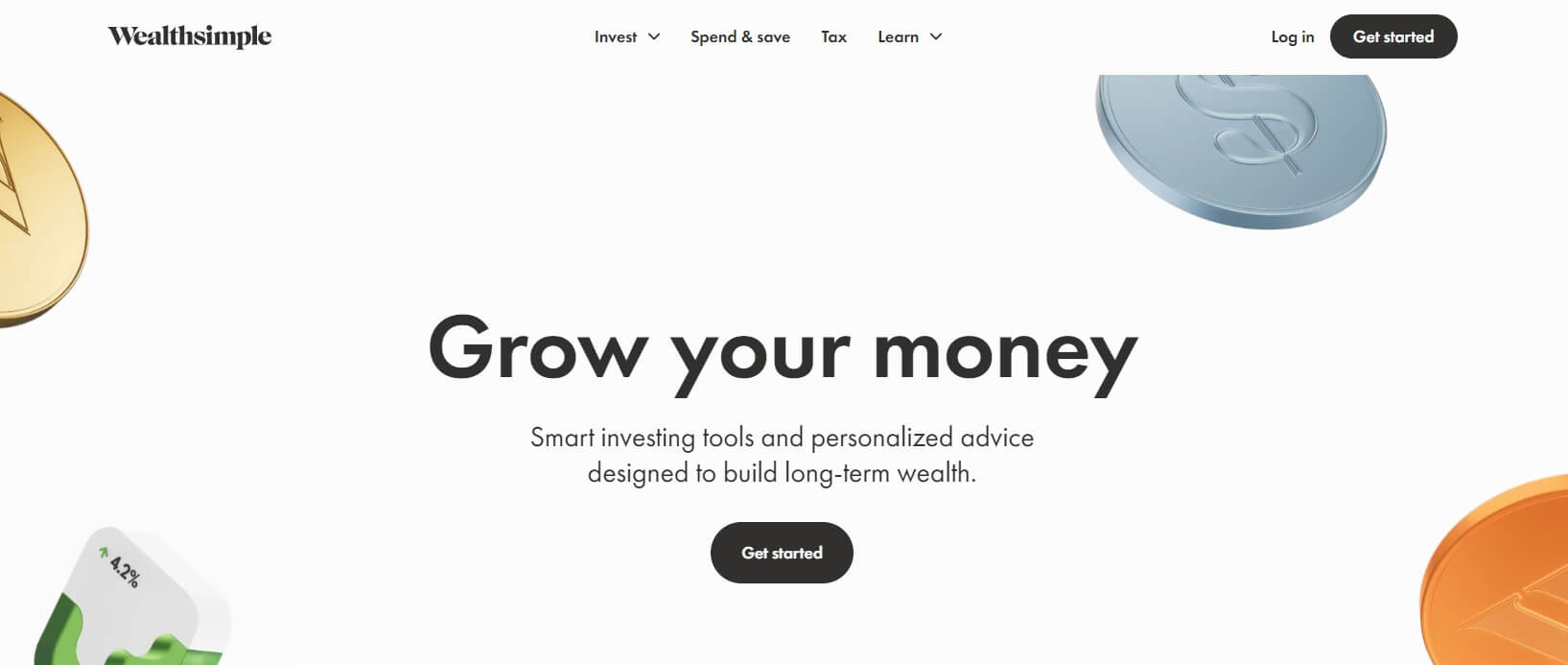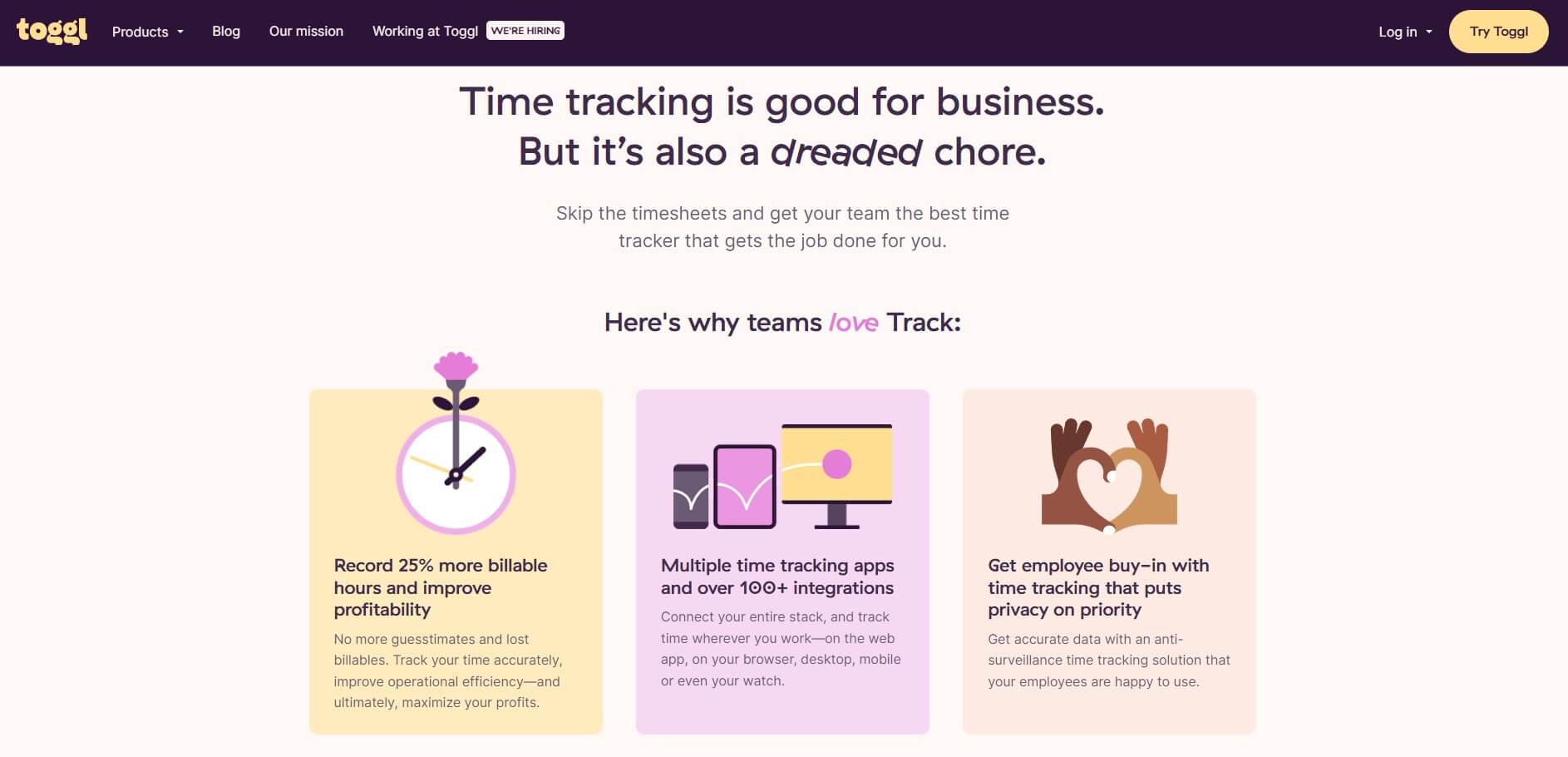Essential Website Branding: How to Build a Powerful Brand Presence
Category: Web Design

5 mins read
In the modern digital age, everything is moving online, as that’s where everyone is. For this very reason, having a strong brand presence on your website is crucial for any business looking to make it online. Now, a well-executed branding strategy can help your company stand out from the competition and establish credibility with your target audience, which will ultimately drive more conversions and revenue. Now, in this article, we will tell you why you need website branding, plus the key elements of excellent website branding, which will set your business apart from the competition.
In this article:
Part 1. Why You Need a Branding Website
There are a couple of reasons why branding is crucial to any business looking to thrive on the online space. They are as follows;
- It improves the recognition of the business, especially if the branding is memorable and powerful.
- Having consistent branding as well as a professional look builds credibility, which then makes people trust the business.
- Branding supports advertising campaigns
- Branding also builds financial value, which is crucial for future business.
- A strong brand will entice people to want to work for your company, as they clearly understand your mission and can easily identify with you, as well as what you are working towards.
- Strong website branding helps to bring in new customers, as existing customers are more likely to recommend your business to their families and friends. Remember, for you to get referrals, your brand has to be recognizable and memorable, and website branding greatly helps.
Part 2. Essential Website Branding Elements
Strong website branding basically affects all aspects of your business, including customer satisfaction, marketing, sales, and brand awareness. With that said, if you are planning to develop a strong brand identity, here are some essential elements to inspire you;
A clear-cut goal
Before you even start branding your company’s website, you clearly need to identify the goal and the purpose of the branding. I mean, this should be clear from the get-go. So, you need to ask yourself the following questions;
- Why are you building the website?
- How do you want to set your business apart from the competition?
- Who is your target audience, and do they have any identifiable behaviours
- What exactly would you like the readers to do once they are on your website?
With that, here are the top examples of website goals;
- To capture the leads for the sales teams
- To answer every question that the prospective clients, or to provide answers to the commonly asked questions
- Show the testimonials and reviews from the clients
- Always remember to share company announcements as well as any product reviews.
Remember, having more than one goal is completely acceptable. Just make sure that you have specific strategies to direct you to each of these goals. Now, a good example is the Chocomize website.

The goals of this website are pretty clear and distinct, and a reader can see that from the moment they check the homepage. One can tell what this business is all about and what they do, and you will be able to search for your preferred products with relative ease. You will also get a “wedding favours” tab, which is specific to the client’s needs. Lastly, you can easily see the contact number, which by the way, is toll-free, and there would be a human on the other side of the phone to ask any question you may have.
A perfect website layout and structure
With your goals and purpose clearly laid out, now it is time to think about the website structure and layout. Now, when planning your web layout, here are some of the standard pages that you need to include on your site;
Homepage – this is practically the entrance to your website. And for that reason, this entire page should focus on what you do, who you are, and how you can help the readers.
About – on this page, you tell the brand’s story and also give a little background about the people behind the brand.
Services page – this is where you explain the products or services that you offer. If you offer multiple services or products, consider creating multiple pages clearly describing each one.
Location – if you have a physical office, you need to clearly indicate the location on this page. You can even add a map directing the site visitors to you.
Policy page – on this page, you include policies that the readers should be aware of, especially if you are operating in many countries.
FAQ page – this page answers all the common questions asked by customers. The page is essentially a time saver for the customer support team.
Contact page – here, you add all the contact details that potential clients can use to get in touch with the business. The brand can include all the contact details, including social media platforms.
When designing the content on all these pages, the one crucial thing you need to remember is to add a ‘human touch’ so that the site visitors can feel that there are real people behind the site.

As an example, check out Wealthsimple’s website structure and components. It is pretty simple, and the visuals are impressive.
Valuable visual assets
Strong website branding ought to promote brand recognition and recall, and that’s exactly what you should aim. By looking at the logo design, infographics, videos, as well as high-quality photos, the site visitors would be able to recognize your brand right away. These visuals should be able to convey your brand message without you uttering a single word.
For instance, look at the homepage of General Electric; you will see that it is filled with some of the best, well-thought-out, high-quality images of their tagline, which reads “building a world that works!” With these images, a visitor doesn’t have to read anything else on the site before knowing what the brand represents.
Strategic content
The content you include on your site needs to align perfectly with your business goals. Here we are talking about things like videos, articles, blog posts, web copy, etc. The surest way to create strategic content for your website is first by understanding exactly what the site visitors’ content needs and preferences. Also, avoid creating content just for the sake of it – you need to understand how it fits your overall business objective. For instance, suppose you are creating content for CEOs and other key decision-makers, you need to come up with the thought-leadership type of content that would help in their decision-making, and not tactics or actionable steps-type of content, as the latter resonates more with mid-level managers. It is also important that you consider the tone, style, and voice of the website content, not to mention SEO-focused. All this helps to strengthen and differentiate your brand while ensuring that the content perfectly resonates with the audience.

A good example of such a website is Toggl, which does a pretty good job creating strategic content, where they have perfectly organized their content for their visitors.
Perfect colour combination
We tend to associate colours with a particular mood, vibe, or feeling in every aspect of our lives. And for this reason, you need to incorporate the perfect colour combination in your website branding, especially if you are looking to evoke a certain emotional response. This combination needs to give the audience a glimpse of your brand message. For instance, red and black are associated with an edgy and innovative vibe, while green, brown, or white expresses a business’s commitment to sustainability. Once you select your preferred colour combination, you need to plan how you are going to integrate them into your site, ensuring that they go well with the other visuals on the website, including headings, posters, pictures, and infographics.

Check out Banco De Brasil’s website, for example, the colour combination contains yellow, green, and blue. Yellow represents optimism, blue stands for trust, and green symbolizes the financial institution’s claim of sustainability.
Consistency
In website branding, consistency is of utmost importance. Any inconsistency will negatively impact the trustworthiness of your brand as well as its ability to convert prospective customers into loyal brand advocates. To prevent this from happening, you need to carefully outline your brand guidelines, ensuring that you give them room to expand over time. Be flexible! As an example, look at the Polycom website, which has maintained consistency throughout its website over time and has even managed to maintain everything in different languages.
Conclusion
As we conclude, we can all agree that website branding is a very crucial aspect of web development and can greatly influence the success from the online font. Besides building trust and establishing your business’s credibility, a strong brand will also help your business stand out among competitors. Even when you consider all the elements we discussed above, it is crucial to ensure consistency in your brand messaging across all channels and that the communication does reflect the brand values. This way, you will be able to create a memorable and effective online presence that perfectly resonates with your target audience, thereby helping you achieve your business goals.




















